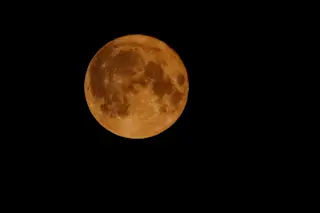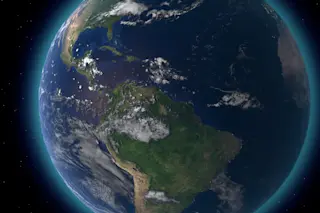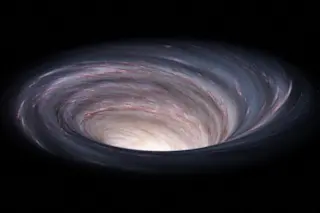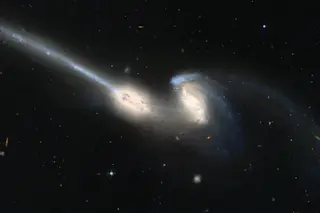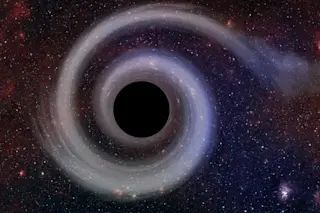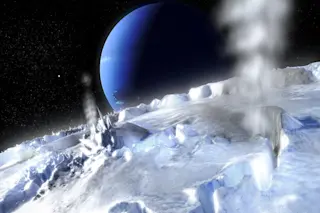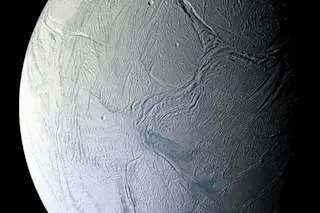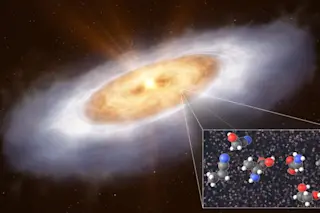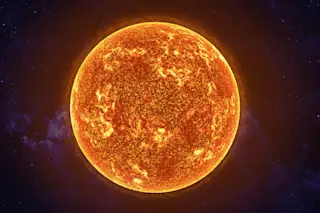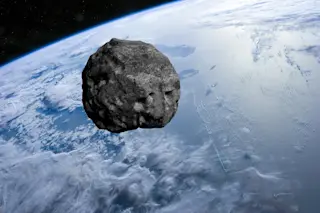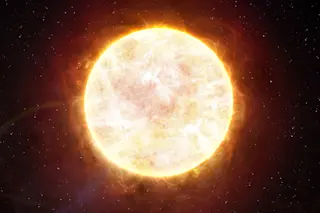Humanity’s search for life on Mars has taken a significant step forward with the discovery of organic molecules that resemble key building blocks of life on Earth.
Since landing in 2012, NASA’s Curiosity rover has made multiple discoveries suggesting that Mars may have once had habitable conditions. Now, scientists have identified the longest organic molecules ever found on the Red Planet — offering new insights into its potential to support life.
A detailed report on these findings was recently published in PNAS by scientists from the French National Center for Scientific Research (CNRS), in collaboration with researchers from the U.S., Mexico, and Spain.
Although originally planned as a two-year mission, Curiosity continues to investigate Mars’ climate and geology more than a decade later. Its primary focus is the Gale Crater, where it gathers data to determine whether Mars once had conditions suitable for life.
Beyond its search for past habitability, ...

